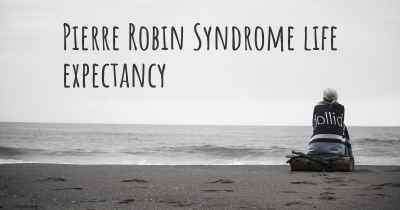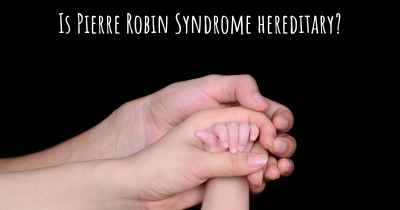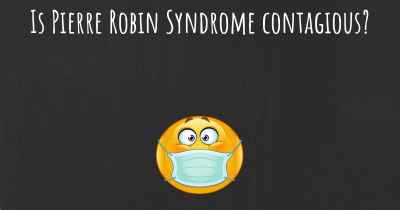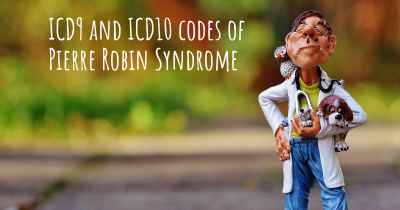How is Pierre Robin Syndrome diagnosed?
See how Pierre Robin Syndrome is diagnosed. Which specialists are essential to meet, what tests are needed and other useful information for the diagnosis of Pierre Robin Syndrome
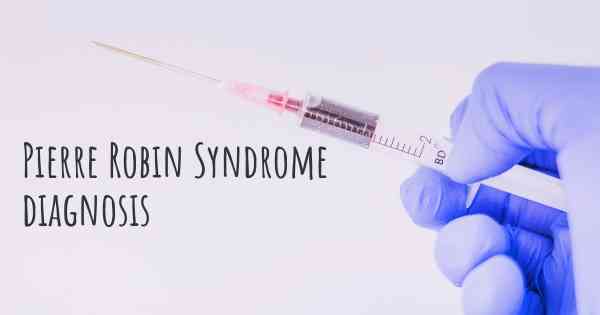
Diagnosis of Pierre Robin Syndrome
Pierre Robin Syndrome (PRS) is a rare congenital condition characterized by a combination of three main features: a small lower jaw (micrognathia), a tongue that falls back into the throat (glossoptosis), and a cleft palate. These features can vary in severity from mild to severe, and the condition may present with additional symptoms or abnormalities.
Diagnosing Pierre Robin Syndrome typically involves a comprehensive evaluation by a multidisciplinary team of healthcare professionals, including pediatricians, geneticists, otolaryngologists, and speech therapists. The diagnosis is primarily based on clinical examination and a thorough medical history.
Clinical Examination
During the clinical examination, the healthcare provider will assess the physical characteristics of the baby, paying particular attention to the jaw, tongue, and palate. The following features may be observed:
- Micrognathia: The lower jaw is smaller than normal, causing the chin to appear recessed.
- Glossoptosis: The tongue falls back into the throat, potentially obstructing the airway and leading to breathing difficulties.
- Cleft palate: A gap or opening in the roof of the mouth, which can vary in size and severity.
Additionally, the healthcare provider may look for other associated features that can occur in individuals with Pierre Robin Syndrome, such as a high-arched palate, dental abnormalities, ear malformations, or respiratory problems.
Medical History
A detailed medical history is crucial in diagnosing Pierre Robin Syndrome. The healthcare provider will inquire about the baby's feeding difficulties, respiratory issues, and any other symptoms or abnormalities observed since birth. It is important to provide accurate and comprehensive information to aid in the diagnosis.
Imaging Studies
In some cases, imaging studies may be recommended to further evaluate the anatomy of the jaw, tongue, and airway. These studies can help determine the severity of the condition and guide treatment decisions. The most commonly used imaging techniques include:
- X-rays: X-rays of the skull and jaw can provide detailed images of the bony structures and help assess the position of the tongue.
- Magnetic Resonance Imaging (MRI): An MRI scan uses powerful magnets and radio waves to create detailed images of soft tissues, such as the tongue and airway. It can help identify any obstructions or abnormalities.
- Computed Tomography (CT) Scan: A CT scan combines multiple X-ray images to create cross-sectional images of the jaw, tongue, and airway. It provides detailed information about the structures and can assist in surgical planning.
Genetic Testing
While most cases of Pierre Robin Syndrome occur sporadically without a known cause, some may have a genetic component. Genetic testing may be recommended to identify any underlying genetic abnormalities or syndromes associated with PRS. This can involve analyzing the baby's chromosomes or specific genes known to be involved in craniofacial development.
Genetic counseling may also be offered to parents to discuss the implications of the diagnosis, recurrence risks, and potential management options.
Other Evaluations
Depending on the individual case, additional evaluations may be necessary to assess the overall health and well-being of the baby. These may include:
- Feeding evaluation: A speech therapist or feeding specialist may assess the baby's ability to feed and provide guidance on appropriate feeding techniques.
- Hearing evaluation: As ear malformations can be associated with Pierre Robin Syndrome, a hearing evaluation may be recommended to identify any hearing impairments.
- Sleep study: In severe cases where breathing difficulties are significant, a sleep study may be conducted to evaluate the baby's breathing patterns during sleep and determine if any interventions are necessary.
It is important to note that the diagnosis of Pierre Robin Syndrome can vary depending on the severity of the features and the presence of associated abnormalities. A thorough evaluation by a specialized healthcare team is essential to ensure an accurate diagnosis and appropriate management.
Posted Aug 14, 2017 by Della 1000
Posted Sep 7, 2017 by Hailey 3200
Posted Sep 7, 2017 by Charlotte 550
